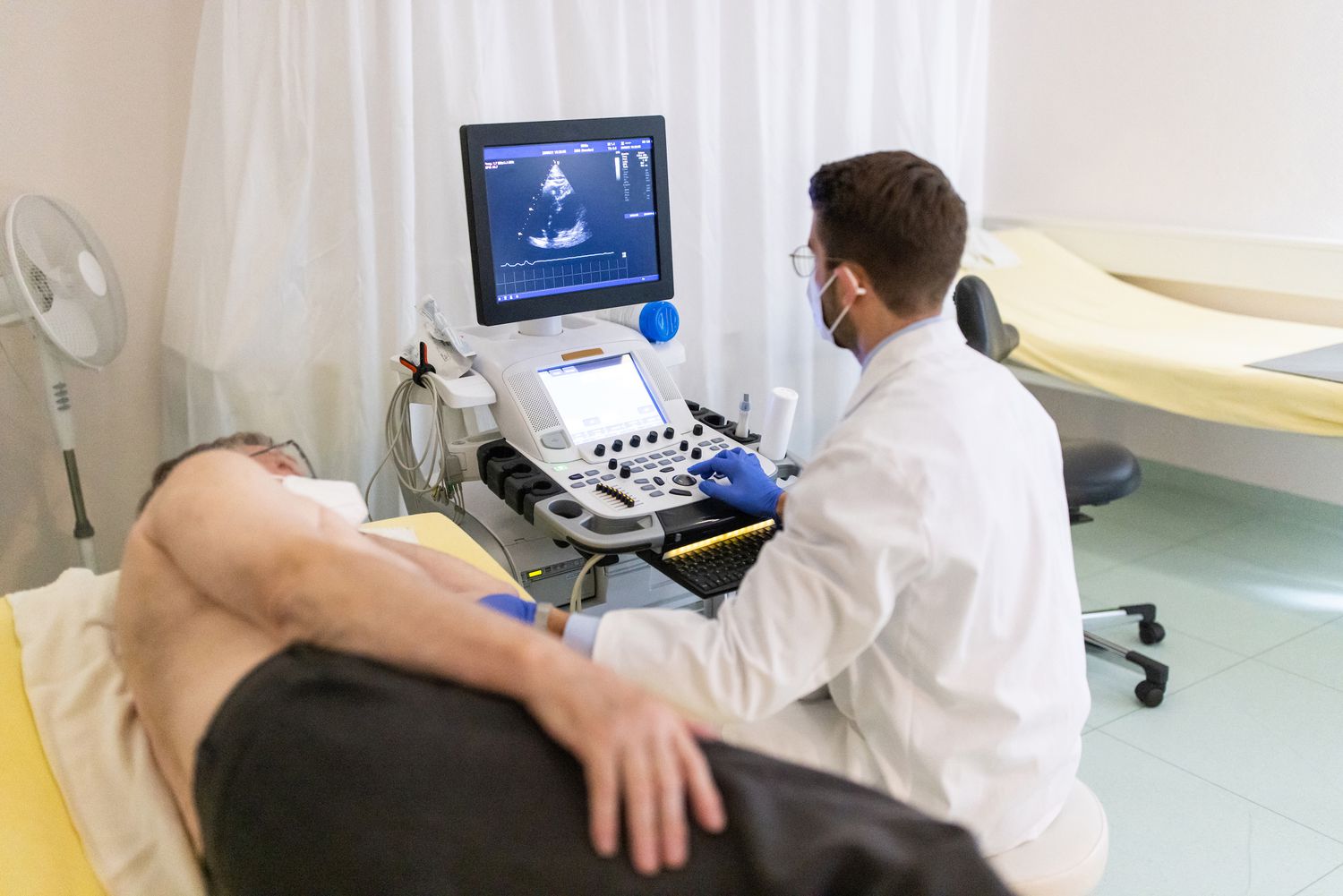A Quarter of Healthy Older Adults Have This Heart Issue, Echocardiograms Show …C0NTINUE READING HERE >>>
Key Takeaways
Heart valve disease is common in the United States and often undiagnosed.Many patients are asymptomatic and may remain untreated.Severe cases may require surgery to repair or replace the impacted heart valve.Health diet and exercise can help mitigate the effects at any age.
Heart conditions are common in the United States; the Centers for Disease Control says that one person dies from some form of cardiovascular disease every 33 seconds. But while most people may be aware of congestive heart failure or coronary artery disease, another condition may be just as common but often undiagnosed: heart valve disease (HVD).
A recent study published in the European Heart Journal—Cardiovascular Imaging showed that among older adults, heart valve disease is prevalent and often undetected by traditional tests.
For the study, 4,237 healthy adults aged 60 and older with no known heart issues volunteered for echocardiography screening—essentially an ultrasound of the heart. More than a quarter of those screened were found to have heart valve disease, though most cases were mild and asymptomatic. The likelihood of having HVD increased with age, indicating a higher chance of occurrence over time.
What Is Heart Valve Disease?
According to Rohit Vuppuluri, DO, an interventional cardiologist at Chicago Heart and Vascular Specialists, heart valve disease is a common condition. It occurs when one or more of the heart’s four valves become leaky or too narrow, affecting the integrity of the heart and restricting blood flow.
“Throughout a person’s life, the heart valves endure wear and tear that causes the valves to become diseased,” Vuppuluri told Verywell. “Most patients with valve dysfunction are asymptomatic and only have mild or moderate degrees of valvular disease.”
Symptoms include shortness of breath, chest pain, peripheral edema (swelling in feet, ankles, and other areas), fatigue, lightheadedness, and syncope (fainting), according to Vuppuluri.
The condition can occur at any age, said Thriveni Sanagala, MD, a cardiologist at NorthShore University HealthSystem in Illinois. It’s usually only detected early when it’s caused by an abnormal valve from birth and manifests as a heart murmur.
Heart valve disease in later life, on the other hand, is much more gradual and often caused by calcium deposits around the valve area or warped valves caused by an enlarged or dilated heart due to high blood pressure. Arterial blockages can also contribute to the condition.
Symptoms don’t usually appear until HVD has become severe. Sanagala said that even in severe stages, the body may compensate enough to offset noticeable symptoms.
“Our bodies have a way of coping. We have cardiac reserves that can keep the heart and valve going and meet all the patient’s blood supply needs without causing symptoms,” Sanagala said. “It can be severe for quite a while and not be noticeable. But when the body’s reserves are exhausted, that’s when we have symptoms.”
Sanagala said that early detection is beneficial and more likely in physically active patients. People leading a sedentary lifestyle may not perform enough physical activity to trigger symptoms.
How Is Heart Valve Disease Treated?
Vuppuluri said an HVD diagnosis may only necessitate lifestyle modifications for many people. Patients with mild or moderate valve disease may live for years without the need for surgical intervention.
If caught early enough, clinicians often recommend fairly standard management methods like blood pressure management, reducing cholesterol, quitting smoking, and starting an exercise routine.
Sanagala said that choosing when to intervene often depends on which heart valve is impacted. In cases of aortic valve disease or a leaky mitral valve, some physicians may advise surgical action even if there are no symptoms. But you should discuss this decision with your physician. Some patients may prefer to wait until the condition worsens and they are eligible for a less invasive repair.
Regardless of whether you opt for surgical intervention or not, maintaining an active lifestyle is highly advised, Sanagala said.
If HVD has progressed to the point of needing surgery, there are many options now available. The traditional approach is to replace or repair the valve, which can require open-heart surgery. But many more clinicians are opting for minimally invasive surgeries through catheters. Vuppuluri said that transcatheter surgeries like transcatheter aortic valve replacement (TAVR), MitraClip for mitral regurgitation, or TriClip for tricuspid regurgitation are all minimally invasive options.
Is Heart Valve Disease Inevitable?
While many older adults will develop HVD, Sanagala said that it is not inevitable. It is more likely due to increased contributing factors like high blood pressure, increased chance of blockages, and cancer, which can utilize medications that can negatively impact the heart valves.
“For patients that have been in good health and who manage to mitigate risk factors well, there is a lower incidence,” Sanagala said. “In general, as you get older, you encounter more of these risk factors.”
What This Means For You
Heart valve disease is common and often undiagnosed until symptoms occur. If you’re over the age of 60 and worried about your heart health, ask your provider about an advanced thoracic echocardiogram. In the meantime, maintain a heart-healthy lifestyle of exercise, healthy diet, and no smoking.
Thanks for your feedback!
What is your feedback?
Other
Helpful
Report an Error
>
